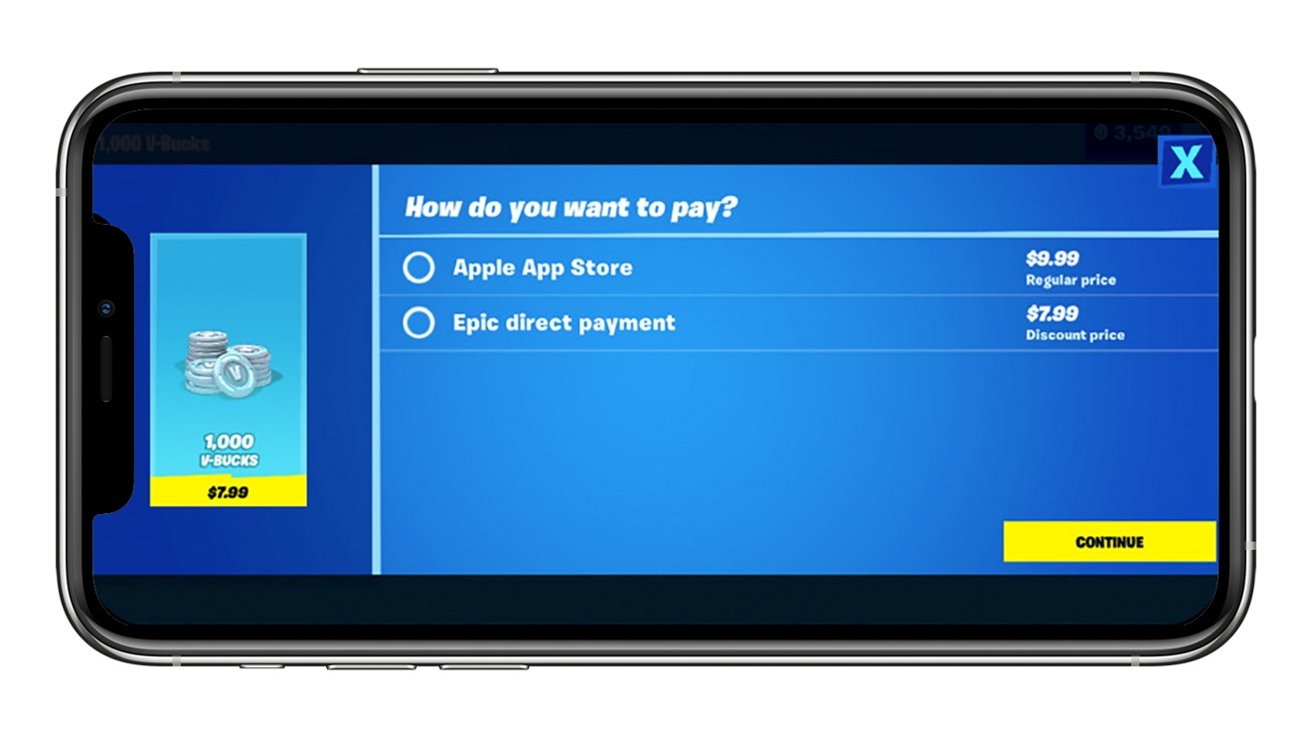Epic Games’ fight to change Apple’s App Store rules has been an expensive activity for the game maker, with CEO Tim Sweeney believing it could ultimately cost the company more than $1 billion.
The big courtroom battle between Epic Games and Apple over the App Store commission, third-party app storefronts, and alternative mobile payments has taken years to progress. With accusations that Apple lied under oath and sanctions against Apple for violating an injunction in April, there’s still some fight left in the battle.
However, such a high-stakes war over fundamental elements of the App Store has taken a toll, and not just on Apple. Epic Games has also lost out by picking the fight in the first place, and at a massive level.
Speaking to Business Insider on Tuesday, Epic CEO Tim Sweeney says that the effects of the battle has resulted in a lot of lost revenue for Epic.
Missed earnings
The battle started in August 2020, by Epic slipping an alternate payment system into Fortnite for iOS. The mechanism, a way to work around Apple’s 30% fee for its App Store payment system, predictably resulted in Apple pulling the game from the App Store for violating its guidelines.
That triggered the massive courtroom battle, but also impacted Epic financially. With no Fortnite in the App Store, Epic had cut off a big source of revenue for the company.

The offending alternative payment option in Fortnite that caused the lawsuitsThe offending alternative payment option in Fortnite that caused the lawsuitsThe offending alternative payment option in Fortnite that caused the lawsuits
In his interview, Sweeney details that the legal fees alone cost more than $100 million to Epic. However that pales in comparison to the lost iOS revenue.
Sweeney admits that Epic cannot predict exactly how much revenue it missed out on from iOS, but it knows that it made about $300 million on iOS in the two years Fortnite was available on there. It’s easy to project hundreds of millions of dollars in lost revenue because of the lawsuit, he insists.
Metcalfe’s Law was a factor too, Sweeney adds, as friends would typically play where their friends were. That means Apple’s takedown of Fortnite not only immediately affected players of the game on the platform, but also friends who may have joined at a late time.
“So you could easily imagine that there’s been a billion dollars or more of impact to Epic in this time,” Sweeney reasons.
The Fortnite return
While Epic has lost out a lot of hypothetical income from years of App Store exclusion, it certainly has a chance to catch up. Sweeney offered shortly after the injunction ruling that Fortnite could return to the U.S. App Store later in the week.
Epic does have a valid Apple developer account in good standing, via a subsidiary, Epic Games Sweden. The account was set up so that Fortnite could be distributed in the European Union.
So far, Epic’s talks with Apple’s developer relations team via the account have been characterized by Sweeney as “cordial.” He is also confident that the game will be available on iOS soon.
Sweeney would be surprised if Apple chose to “brave the geopolitical storm” by blocking a major app like Fortnite after what happened in court.
An important ruling
The latest courtroom action was a major one for Epic and Sweeney, who continues to insist that consumer and developer freedom is important. A gatekeeper, which he offers to describe Apple’s position in control of the App Store, makes the world less free than the one people experienced decades ago.
Summarizing the effects of the ruling, Sweeney says that it allows users to be free to learn about better deals from developers. For developers, they can accept payments from outside the app, and can tell users about those methods.
While that’s a first-order effect, Sweeney offers that a second-order effect is that, if Apple continues to offer “such a horrible deal” to developers, that those same developers will move away to other platforms and mechanisms for payment.
He wishes that Apple will be forced to compete, and to give developers a better deal than a 30% transaction fee.






